Stick vs. Nonstick Pans: What’s the Difference?
Let's Learn About Pans
If you’ve ever found yourself hunched over the sink scrubbing stuck-on grime off a pot or pan—and who hasn’t?—then you’ve probably considered purchasing a piece of nonstick cookware. After all, nonstick pans are a delight to use. Foods that might otherwise cling (think: eggs, pancakes, and delicate fish) release with absolute ease, even when cooked in little or no fat. They’re inexpensive, lightweight, and a breeze to clean. So what’s not to love?
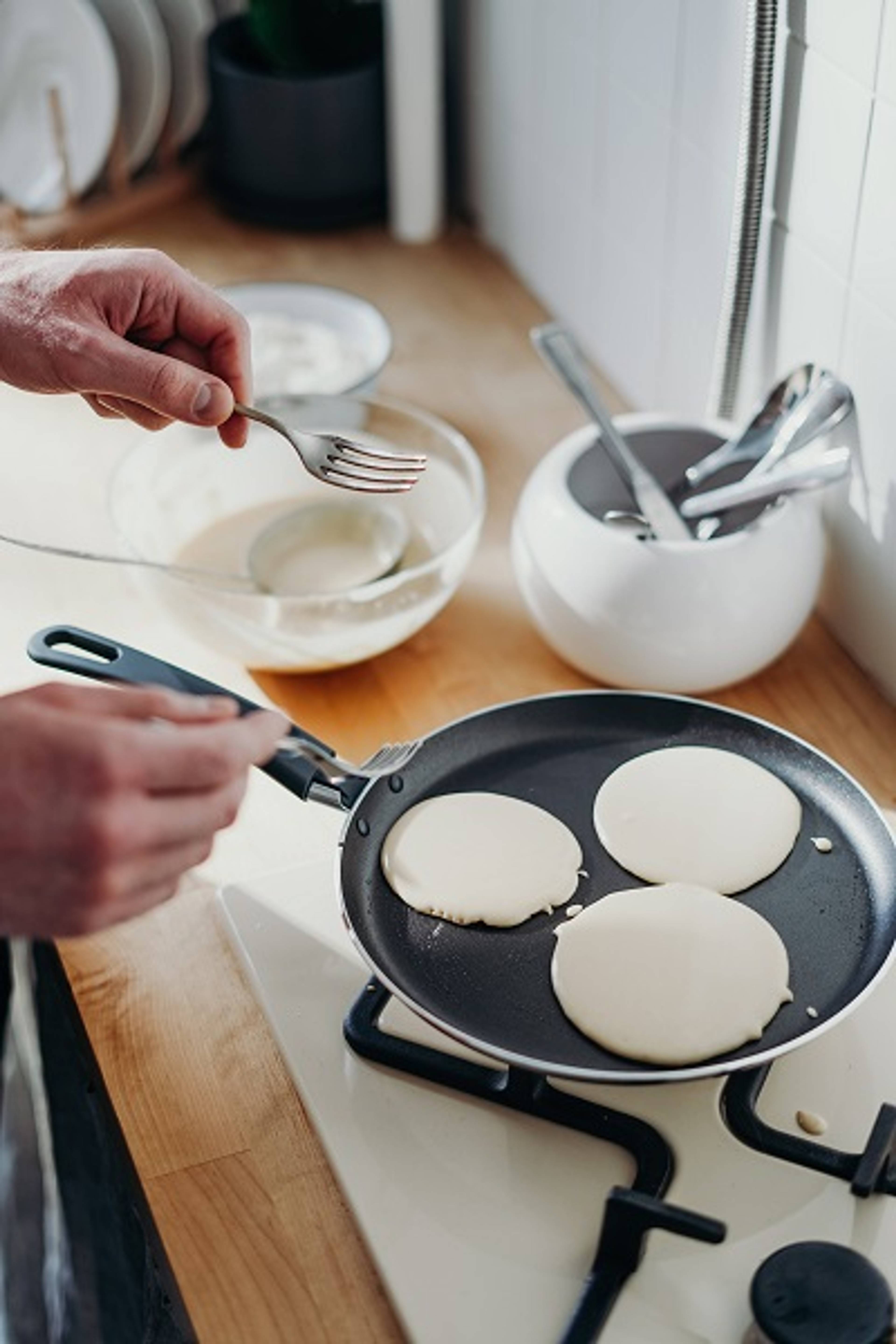
How to Care for & Use Nonstick Cookware
Do Nonstick Pans & Cookware Wear Out?
Even adhering to these precautions, nonstick cookware doesn’t last as long as other pots and pans —generally no more than five years. Over time, the coating almost always degrades, at which point you may begin to find little flakes of polytetrafluoroethylene in your food. This may not be harmful, but it sure is unappealing.

Are Nonstick Pans and Cookware Safe?
Types of Nonstick Pans
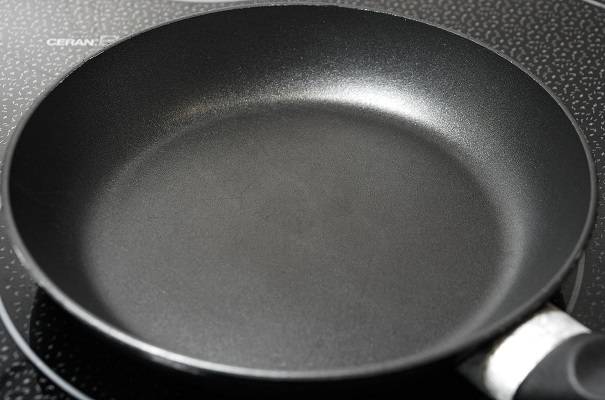
Traditional and Ceramic Nonstick Pans
When people talk about nonstick pans, they’re generally referring to traditional nonstick pans coated with PTFE or ceramic cookware (though its coating is actually a silicon-derived polymer called solution-gel, or sol-gel, and not actual ceramic). The advantage to sol-gel-coated pans is that they can be heated beyond 500° F without emitting fumes. The disadvantage—though this is up for debate—is that they may be even more delicate than Teflon pans. (Consumers have reported that they tend not to last as long.)
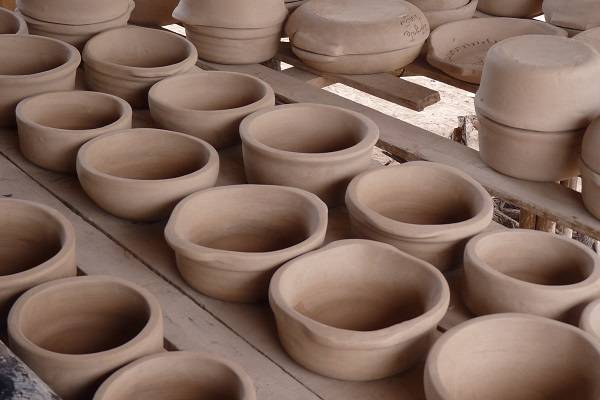
Stoneware and Earthenware
These nonstick vessels, made of clay, are often lidded and usually used in the oven rather than on the stovetop, heat slowly and evenly, and retain that heat beautifully. As such, they’re excellent for dishes that require long, slow, even cooking, such as stews, soups, and braises, as well as casseroles, pies, and breads.
Types of “Stick” Pans (That Are Kind of Nonstick)
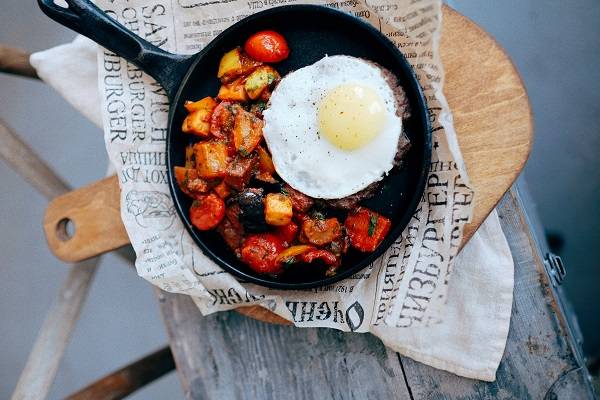
Cast-Iron Cookware
Cast-iron cookware can pretty much do it all. It browns foods beautifully and can be heated to even the highest temperatures. Great for searing, roasting, and even baking, it can be virtually nonstick when seasoned properly. (Cast-iron seasoning is a simple process of spreading a thin coat of oil over the pan’s surface, then heating it at a high temperature to create a protective and stick-resistant layer—a natural polymer, in fact.)
Unlike nonstick cookware, however, cast iron is virtually indestructible. Even a rusted-out cast-iron pan can be saved by re-seasoning.
Unlike nonstick cookware, however, cast iron is virtually indestructible. Even a rusted-out cast-iron pan can be saved by re-seasoning.
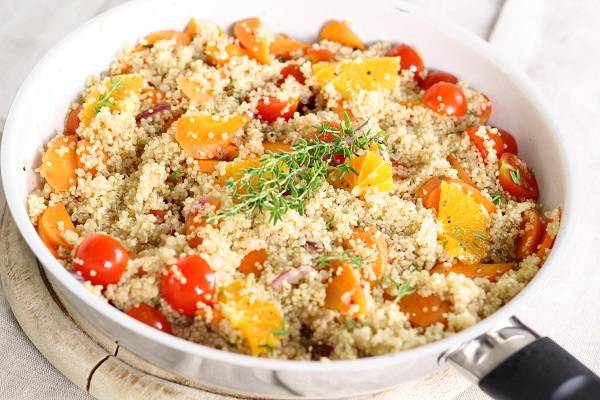
Enameled Cast-Iron Cookware
Enamel-coated cast iron has many of the same qualities as regular cast iron, such as excellent heat-retention (and a hefty weight). But since the surface is slightly stickier, it requires more cooking fat. It tends to be exponentially more expensive than nonstick cookware (or traditional cast iron), and it can scratch and chip over time. (This doesn’t affect the integrity of the pan, which can last a lifetime.)
The major benefits of enameled cast iron are that it doesn’t have to be seasoned like regular cast iron, and the enamel coating is a good heat conductor, so it heats more evenly than traditional cast-iron pans.
The major benefits of enameled cast iron are that it doesn’t have to be seasoned like regular cast iron, and the enamel coating is a good heat conductor, so it heats more evenly than traditional cast-iron pans.
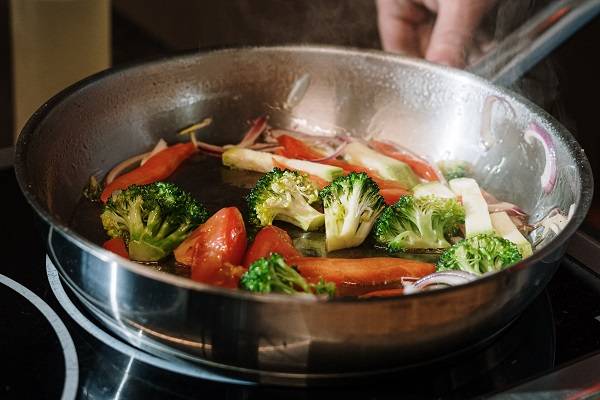
Stainless Steel Pans
Stainless steel pans are also sticky, and making scrambled eggs in them can result in a whole lot of scrubbing. But it doesn’t have to be that way.
Chefs love stainless steel pans for their even heat distribution, durability, and versatility. And they know how to use them without ending up with a stuck-on mess: The secret is to fully heat the pan before adding butter or oil, rather than adding the fat to a cold pan.
Good-quality stainless cookware can be pricey, but it pretty much lasts forever. It’s dishwasher and scrubby safe, and can be used with metal utensils. It withstands extremely high heat, making it excellent for browning meats, and it goes from the stove to a hot oven—as long as the handle is oven-safe.
Chefs love stainless steel pans for their even heat distribution, durability, and versatility. And they know how to use them without ending up with a stuck-on mess: The secret is to fully heat the pan before adding butter or oil, rather than adding the fat to a cold pan.
Good-quality stainless cookware can be pricey, but it pretty much lasts forever. It’s dishwasher and scrubby safe, and can be used with metal utensils. It withstands extremely high heat, making it excellent for browning meats, and it goes from the stove to a hot oven—as long as the handle is oven-safe.